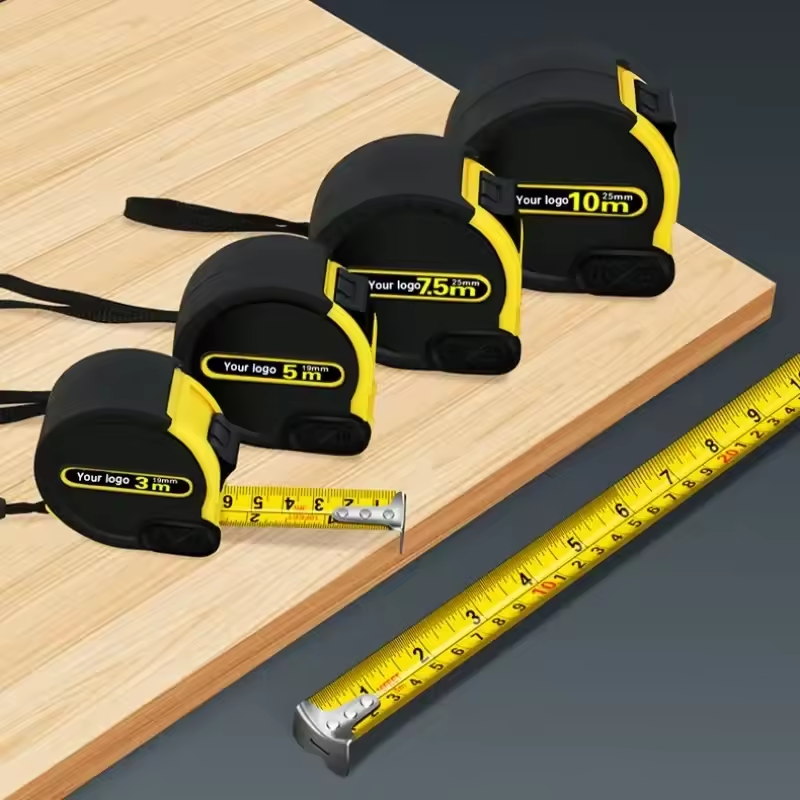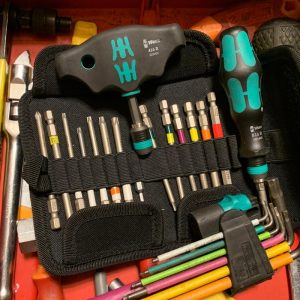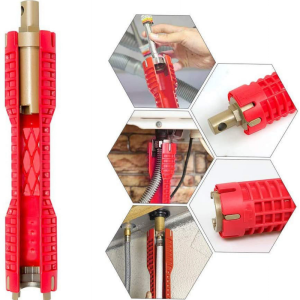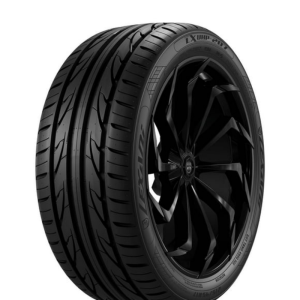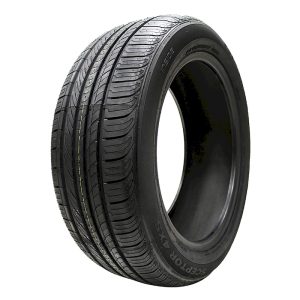
Motorcycle tires are crucial for safety, performance, and overall riding experience. Understanding when your motorcycle tires expire is essential for maintaining peak performance and ensuring safety on the road. In this guide, we’ll delve into the factors that determine tire lifespan, how to inspect your tires, and when it’s time to replace them.
Understanding Tire Lifespan
Factors Affecting Motorcycle Tire Lifespan
When do motorcycle tires expire? Motorcycle tires don’t have a specific expiration date but instead, their lifespan depends on several factors:
- Tire Quality and Type: High-quality tires with advanced materials tend to last longer than budget options.
- Riding Conditions: Regular riding in harsh conditions like extreme heat or cold can shorten tire life.
- Riding Style: Aggressive riding, frequent hard braking, and cornering can wear out tires faster.
- Maintenance: Proper tire maintenance, including regular air pressure checks and alignment, helps extend tire life.
How to Check Tire Age
Most motorcycle tires have a DOT code stamped on the sidewall that indicates the week and year of manufacture. For example, “2319” means the tire was made in the 23rd week of 2019. Tire manufacturers generally recommend replacing tires every 5 to 6 years, even if tread wear seems adequate. However, this can vary based on the factors mentioned above.
Signs That Your Motorcycle Tires Need Replacement
Tread Wear Indicators
Tire tread is a crucial safety feature. Inspect your tires regularly for:

- Tread Depth: Use a tread depth gauge to measure the depth. When it reaches 2/32 inches or less, it’s time for a replacement.
- Uneven Wear: Look for signs of uneven wear, such as balding spots or cupping. This may indicate alignment issues or other problems.
- Cracks and Bulges: Inspect the sidewalls for cracks, cuts, or bulges, which can signal serious issues.
Age-Related Signs
Even if the tread looks good, tires can age and degrade over time. Look for:
- Hardening or Cracking: Tires that feel hard or show surface cracks may be past their prime.
- Loss of Flexibility: Aged tires may lose their flexibility, affecting handling and ride comfort.
The Importance of Regular Inspections
When do motorcycle tires expire? Regular tire inspections are crucial for safety. Check your tires before every ride to ensure:
- Proper Inflation: Maintain the correct air pressure as specified in your motorcycle’s manual.
- Visual Checks: Look for any visible damage or abnormalities.
Tips for Extending Tire Life
Proper Maintenance
- Regular Rotation: Rotate tires according to the manufacturer’s recommendations.
- Alignment: Ensure your motorcycle’s alignment is correct to prevent uneven wear.
- Proper Inflation: Check and adjust tire pressure regularly.
Riding Practices
- Smooth Riding: Avoid aggressive acceleration and braking.
- Safe Storage: Store your motorcycle in a cool, dry place to prevent tire degradation.
When to Replace Your Motorcycle Tires
General Recommendations
- Time-Based Replacement: Replace tires every 5 to 6 years regardless of tread wear.
- Mileage-Based Replacement: Some riders prefer to replace tires based on mileage, typically every 8,000 to 10,000 miles, depending on riding conditions and tire type.
Professional Advice
Consult a motorcycle tire specialist for personalized recommendations based on your riding style, conditions, and tire type.
How to Choose the Right Replacement Tires
Understanding Tire Specifications
When it’s time to replace your motorcycle tires, choosing the right ones is crucial. When do motorcycle tires expire? Here’s what you need to know:
- Tire Size: Match the size specifications on your current tires or your motorcycle’s manual.
- Tire Type: Consider whether you need sport, touring, or dual-sport tires based on your riding style and terrain.
- Brand and Quality: Invest in reputable brands known for durability and performance.
Reading Tire Reviews
Check online reviews and ratings for different tire models. Look for feedback from riders with similar bikes and riding styles. This can provide insights into performance, durability, and handling.

Consulting with Experts
If you’re unsure about which tires to choose, consult with a motorcycle tire specialist. They can provide recommendations based on your specific needs and riding conditions.
The Cost of Motorcycle Tire Replacement
Factors Influencing Cost
The cost of replacing motorcycle tires can vary based on several factors:
- Tire Brand and Model: Premium brands and models typically cost more.
- Labor Costs: Professional installation fees may add to the overall expense.
- Additional Services: Balancing, alignment, and disposal of old tires can also affect the total cost.
Budgeting for Tires
Set aside a budget for tire replacement as part of your motorcycle maintenance plan. Quality tires are an investment in your safety and performance, so consider them a priority.
DIY Tire Replacement vs. Professional Installation
DIY Replacement
- Pros: Cost savings on labor, control over the installation process.
- Cons: Requires specialized tools and knowledge, risk of improper installation.
Professional Installation
- Pros: Expert installation, ensures proper balancing and alignment, peace of mind.
- Cons: Additional cost for labor and services.
Weigh the pros and cons based on your comfort level with motorcycle maintenance and your budget.
Common Misconceptions About Motorcycle Tire Replacement
“New Tires Are Always Better”
While new tires generally provide better performance, ensure that they are suitable for your bike and riding conditions. Not all new tires are equal in terms of quality and suitability.
“Tire Expiration Dates Are Set in Stone”
Tire lifespan is not solely determined by age but also by usage, conditions, and maintenance. Always consider the overall condition of the tire.
“All Tires Are the Same”
Different tires are designed for specific purposes and conditions. Choose tires that match your riding style and environment.
Maintaining Optimal Tire Performance
Regular Maintenance Practices
To ensure your motorcycle tires perform at their best, incorporate these maintenance practices into your routine:
- Check Tire Pressure Regularly: Maintain the recommended pressure to prevent excessive wear and improve handling.
- Inspect for Foreign Objects: Regularly check for debris that might have embedded itself in the tire, which can cause punctures or damage.
- Ensure Proper Balancing: Well-balanced tires enhance stability and reduce uneven wear.
Importance of Tire Alignment
Proper alignment is crucial for even tire wear and optimal handling. Misalignment can lead to uneven tread wear and potentially dangerous riding conditions. Have your motorcycle’s alignment checked and adjusted by a professional if you notice any handling issues.
Advanced Tire Technologies
Innovations in Motorcycle Tires
Recent advancements in motorcycle tire technology offer enhanced performance and safety:

- Radial Tires: Provide better handling and comfort due to their flexible sidewalls.
- Tubeless Tires: Reduce the risk of blowouts and offer easier maintenance.
- Run-Flat Tires: Allow you to continue riding even after a puncture, though they are less common.
Choosing the Right Technology
Select tires with advanced technologies that match your riding needs. Consult with tire experts to understand which innovations are best suited for your motorcycle and riding conditions.
Seasonal Considerations for Motorcycle Tires
Adapting to Weather Conditions
Seasonal changes can affect tire performance:
- Winter Riding: Consider winter-specific tires for improved traction and safety in cold and icy conditions.
- Summer Riding: Ensure tires are suited for hot weather to prevent overheating and premature wear.
Storage Tips
When storing your motorcycle for an extended period, such as during winter, follow these tips:
- Store in a Cool, Dry Place: Avoid exposing tires to direct sunlight and extreme temperatures.
- Use Tire Covers: Protect tires from dust and environmental factors.
Environmental Impact of Tire Disposal
Eco-Friendly Disposal Methods
Proper disposal of old motorcycle tires is essential for environmental protection:
- Recycling Programs: Many regions have recycling programs for tires that ensure they are processed and repurposed.
- Tire Shops: Many tire shops offer disposal services when you purchase new tires.
Reducing Environmental Impact
Opt for tires from manufacturers that use eco-friendly practices and materials. This can help reduce the environmental footprint of your motorcycle maintenance.
The Role of Tire Brands and Warranties
Choosing a Reliable Brand
Select tires from reputable brands known for their quality and reliability. Established brands often offer better performance and longer-lasting products.
Understanding Warranties
Many tire manufacturers provide warranties that cover defects and premature wear. Review warranty terms and conditions to understand what is covered and for how long.
Making the Most of Your Warranty
Keep records of your tire purchase and maintenance to ensure you can claim warranty benefits if needed.
Conclusion
Understanding when motorcycle tires expire is vital for ensuring your safety and enjoying a smooth ride. Regular inspections, proper maintenance, and timely replacements are key to keeping your motorcycle in top condition.
